Tearful mourners prayed as ceremonies were held across Asia to remember the 220,000 people who were killed two decades ago when a tsunami hit coastlines around the Indian Ocean in one of the world's worst natural disasters.
On 26 December 2004, a 9.1-magnitude earthquake off Indonesia's western tip generated a series of massive waves that pummelled the coastline of 14 countries from Indonesia to Somalia.
In Indonesia's Aceh Province, where more than 100,000 people were killed, a siren rang out at the Baiturrahman Grand Mosque to kick off a series of memorials around the region, including in Sri Lanka, India and Thailand, which the tsunami hit hours later.
People recounted harrowing tales of horror and miraculous survival as giant waves swept in without warning, carrying debris including cars and destroying buildings in their wake.
"I thought it was doomsday," said Hasnawati, a 54-year-old teacher who goes by one name, at the Indonesian mosque that was damaged by the tsunami.
We need your consent to load this rte-player contentWe use rte-player to manage extra content that can set cookies on your device and collect data about your activity. Please review their details and accept them to load the content.Manage Preferences
"On a Sunday morning, where our family were all laughing together, suddenly a disaster struck and everything was gone. I can't describe it with words," she told AFP.
Twenty years ago, victims of waves as high as 30 metres included many foreign tourists celebrating Christmas on the region's sun-kissed beaches, bringing the tragedy into homes around the globe.
The seabed being ripped open pushed waves at double the speed of a bullet train, crossing the Indian Ocean within hours without warning.
A total of 226,408 people died as a result of the tsunami, according to EM-DAT, a recognised global disaster database.
There was no warning of the impending tsunami, giving little time for evacuation, despite the hours-long gaps between the waves striking different continents.
But today a sophisticated network of monitoring stations has cut down warning times.
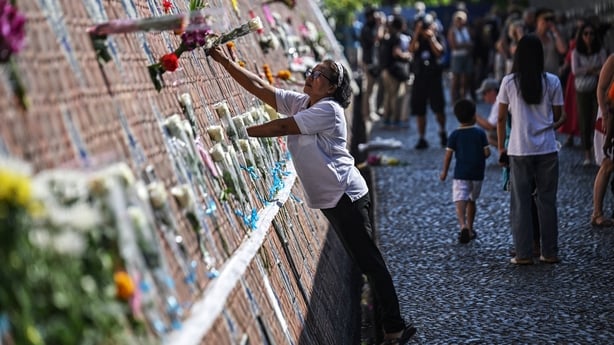
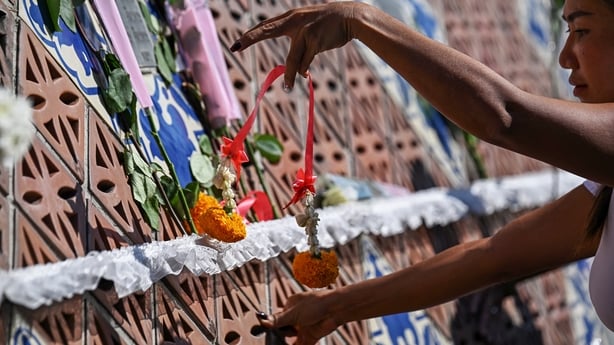
Candlelight, train vigils
Indonesia suffered the highest death toll, with more than 160,000 people killed along its western coast.
In its westernmost province Aceh, mourners were to hold a moment of silence before visits to a mass grave and a communal prayer at the grand mosque in provincial capital Banda Aceh.
The disaster also ended a decades-long separatist conflict in Aceh, with a peace deal between rebels and Jakarta struck less than a year later.
In Sri Lanka, where more than 35,000 people perished, survivors and relatives were to gather to remember around 1,000 victims who died when waves derailed a passenger train.
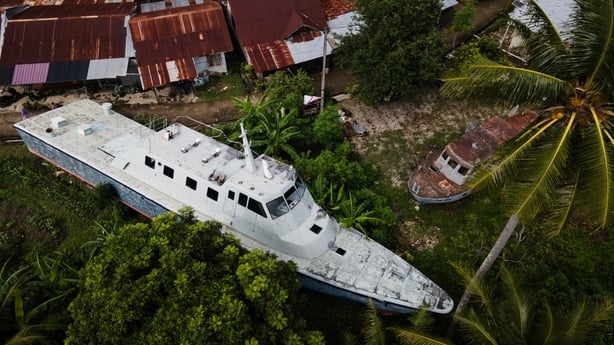
Khyanisa, a 59-year-old Indonesian housewife, lost her mother and daughter, searching in vain for them in the hope they were still alive.
"I kept chanting God's name. I looked for them everywhere," she said.
"There was a moment where I realised they were gone. I felt my chest was in pain. I screamed."
Napaporn Pakawan, 55, lost her older sister and a niece in the tragedy.
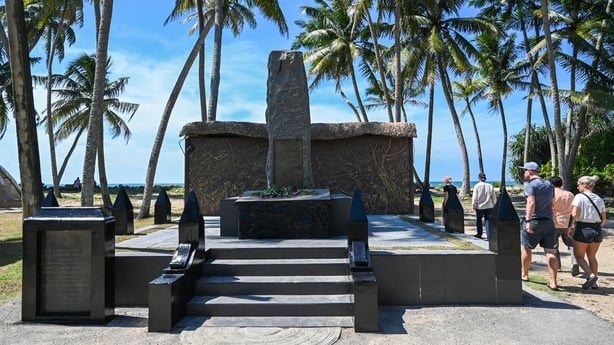
"I feel dismay. I come here every year," she told AFP.
"Times flies but time is slow in our mind."
A candlelight vigil on the beach at Khao Lak organised by the Swedish embassy in Thailand drew a crowd of around 100, the majority Swedes. Sweden was one of the worst affected countries by proportion of population.
Anna Elf, 50, said she brought her children there because it was "important for them to know what happened" on that day.
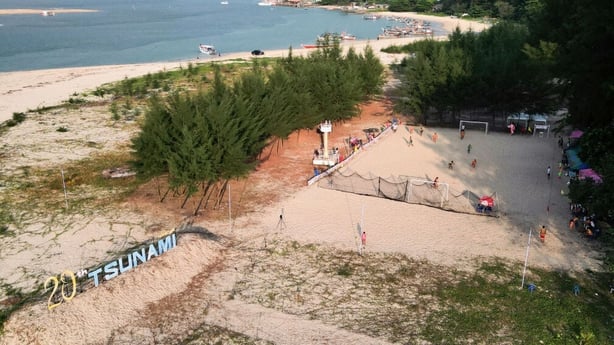
"In Sweden everyone knows somebody who was affected or who lost somebody... it's kind of like a national trauma," she said.
After sunset, hundreds of mourners carried candles past the tsunami memorial wall at Ban Nam Khem before watching a fire dance performance.
"I am happy to still see people attending, it means they still remember," said Supap Boonlert, 53, a local who lost five family members and has attended the commemoration every year since.

